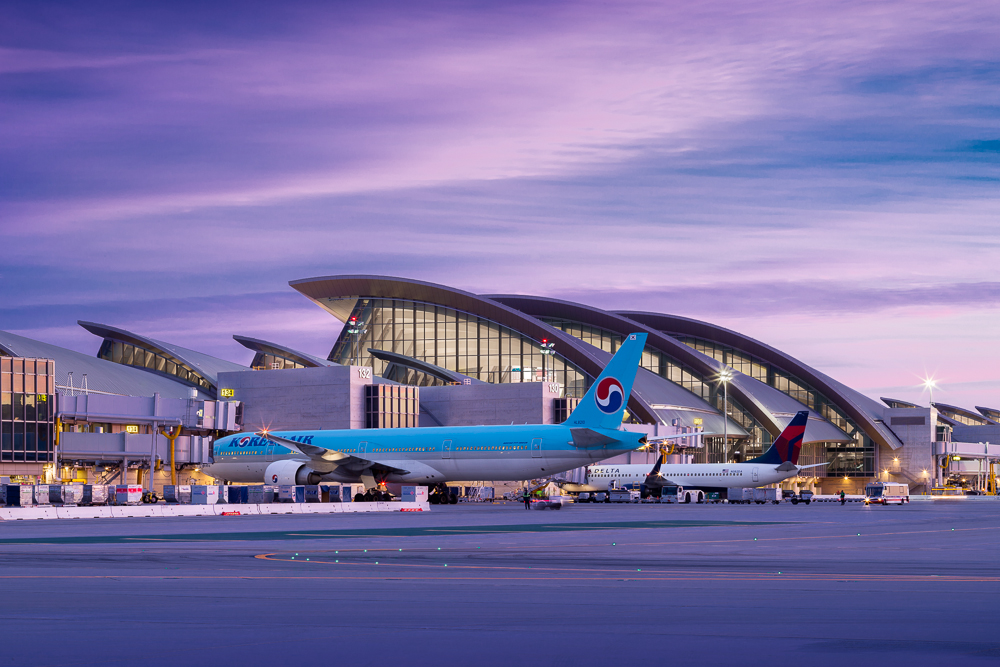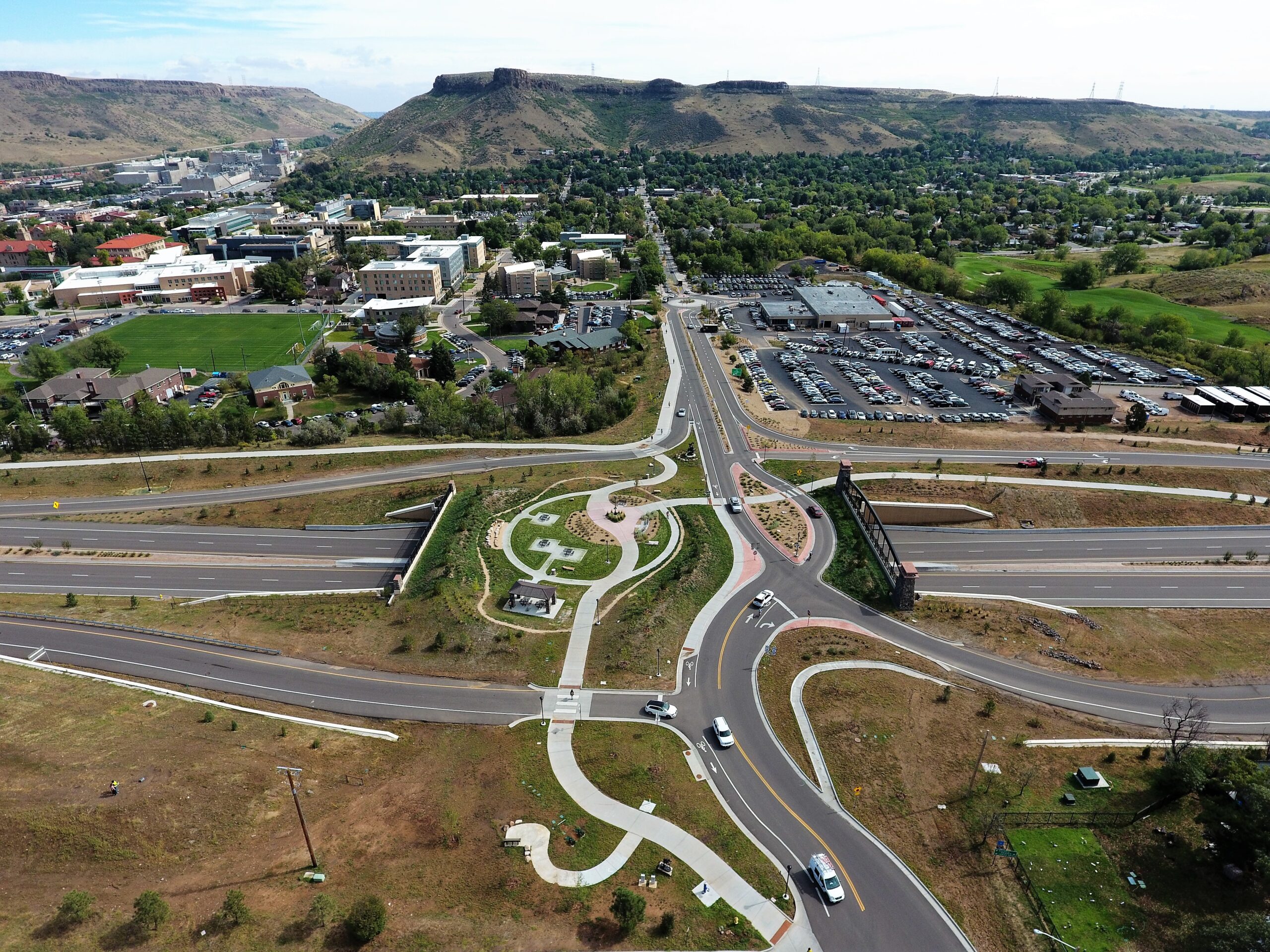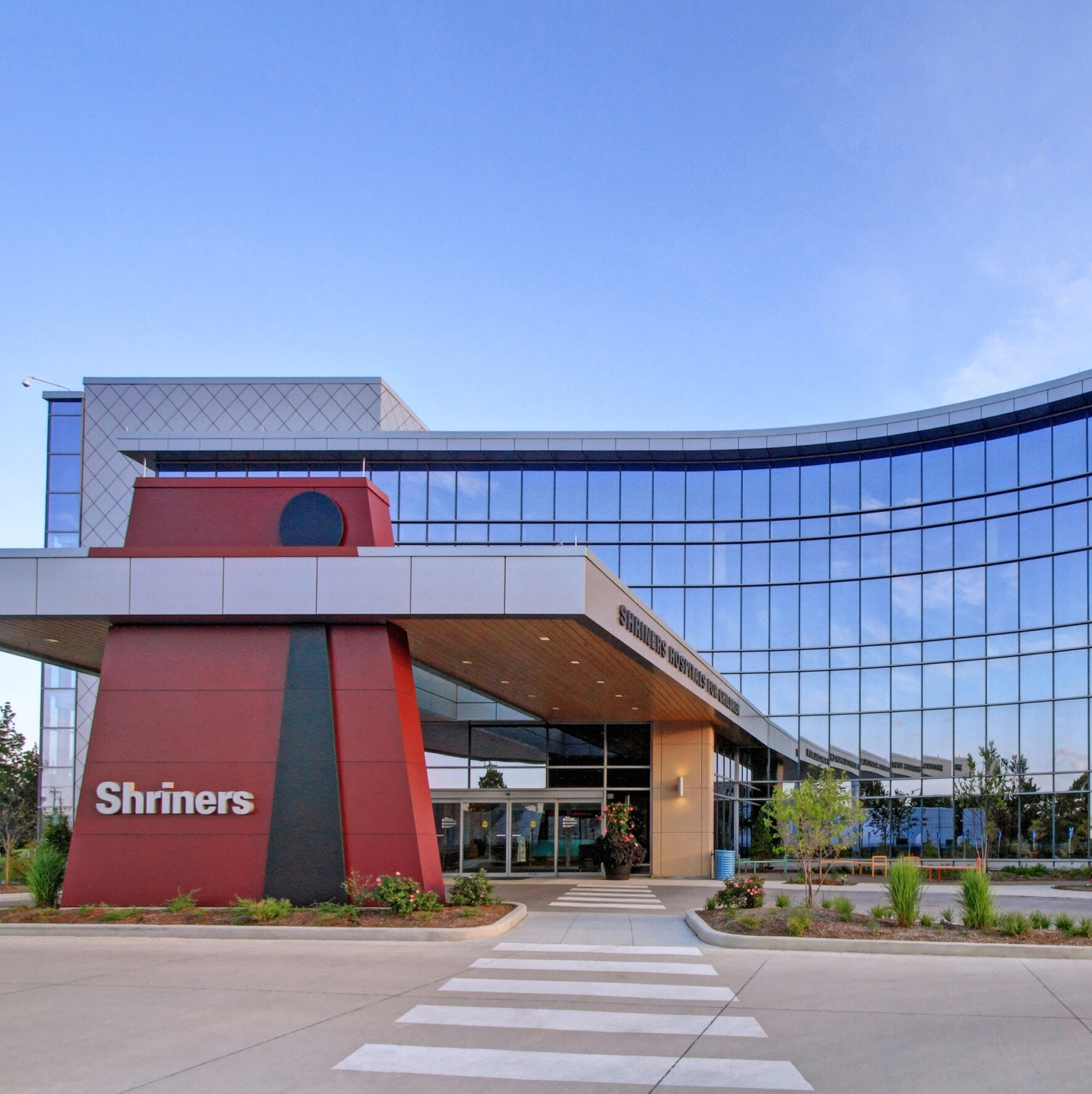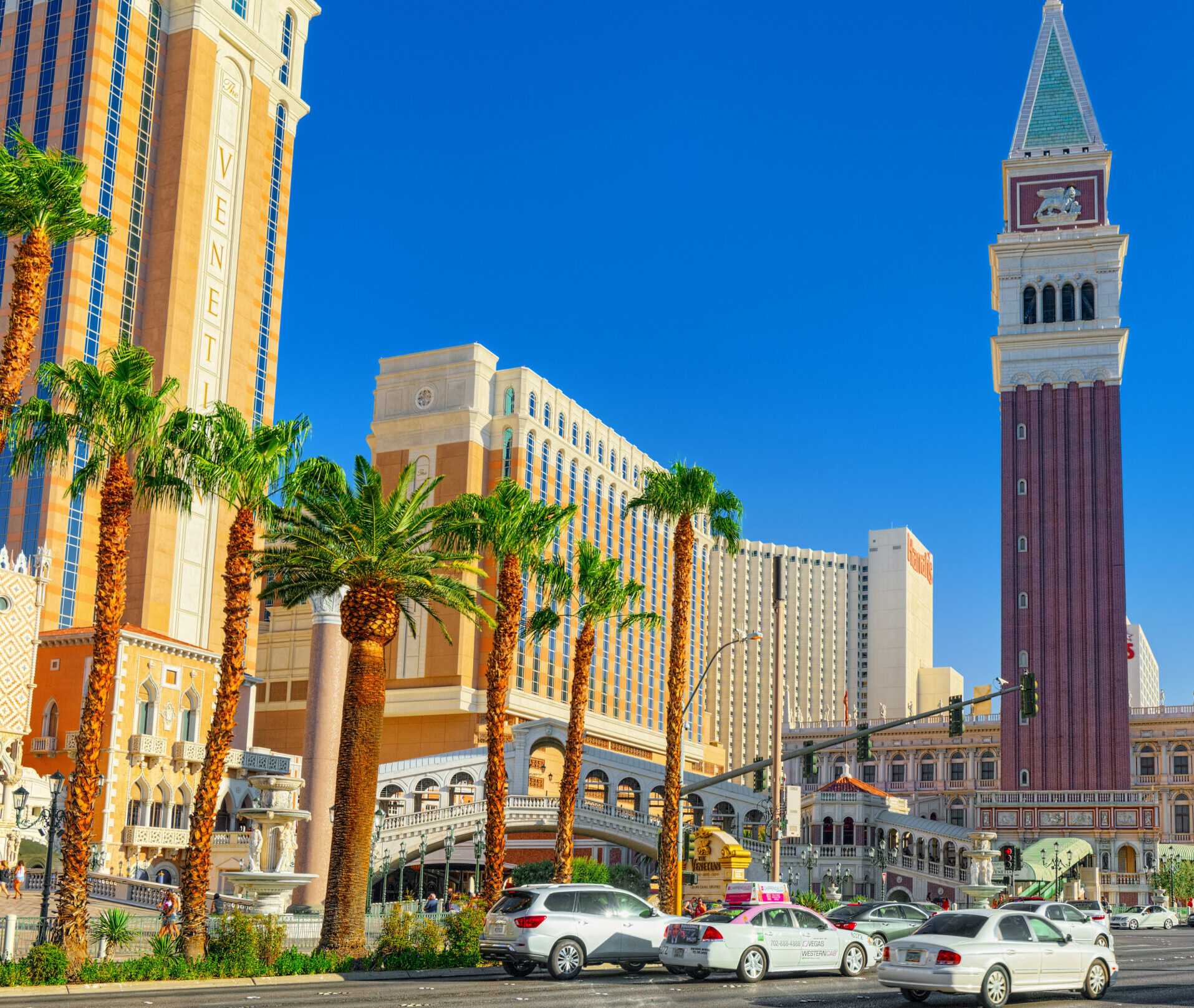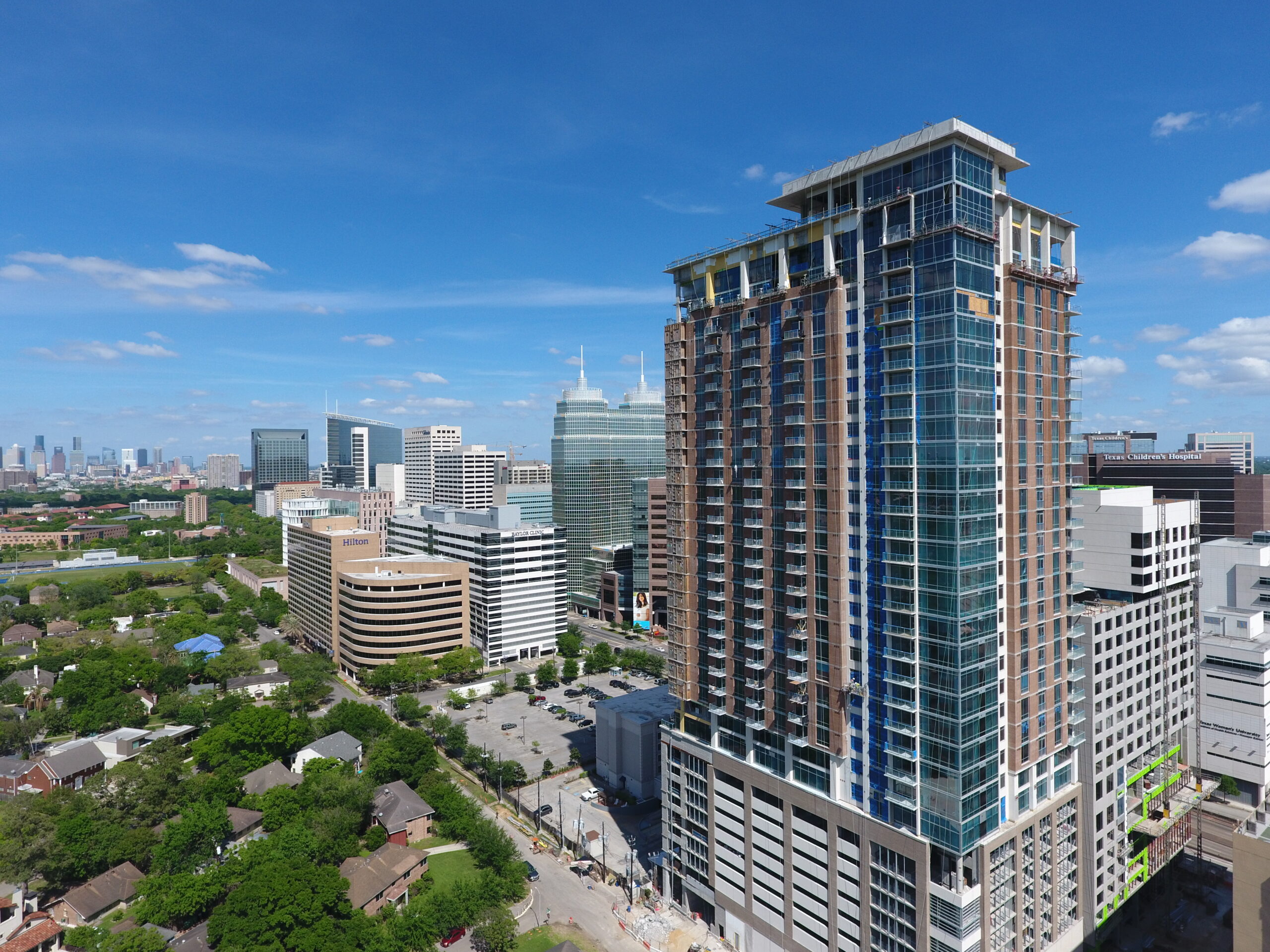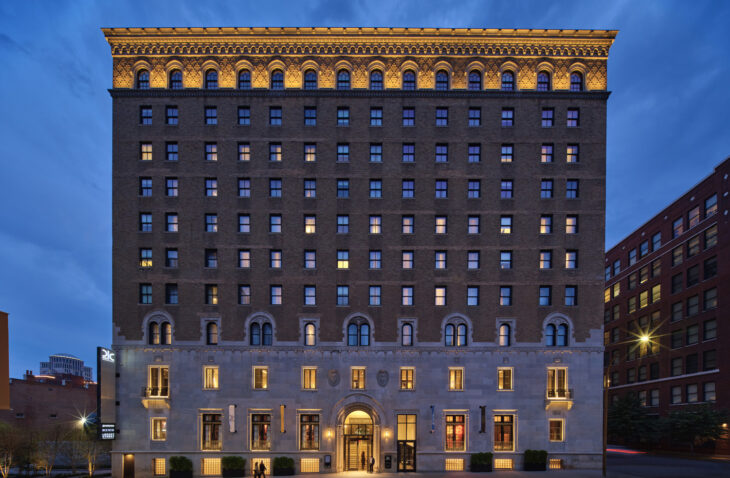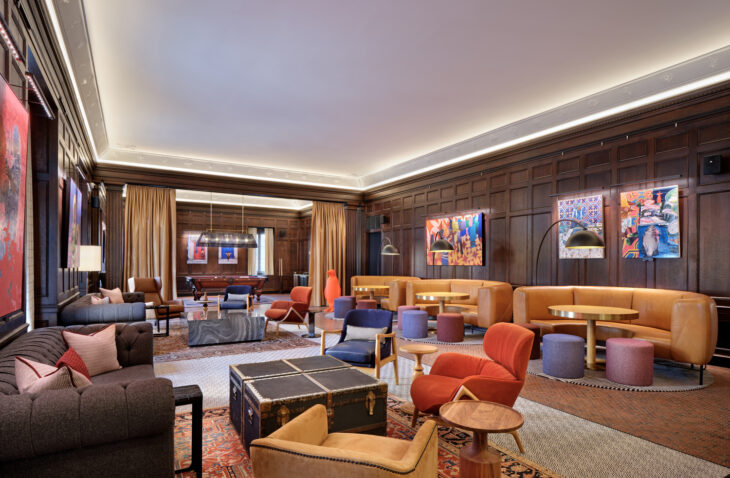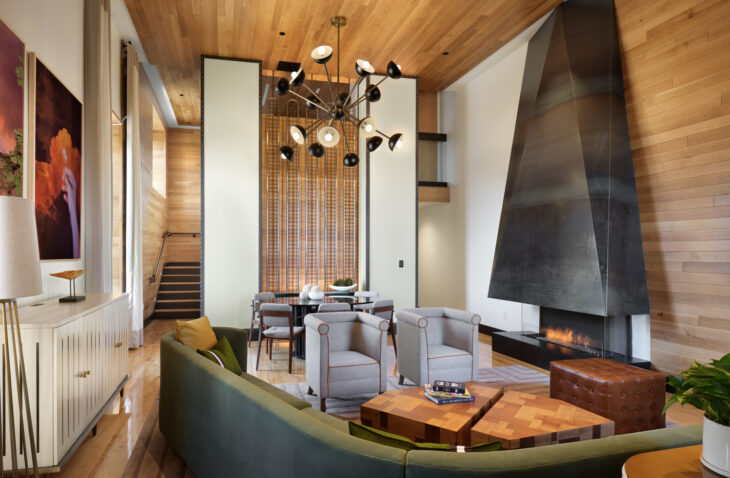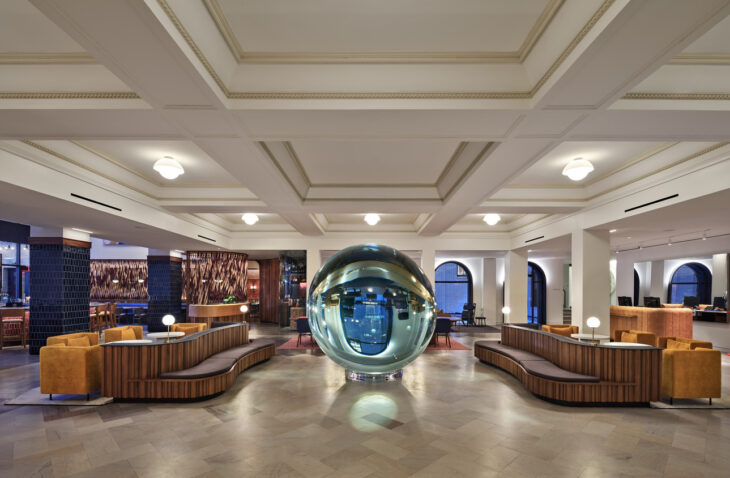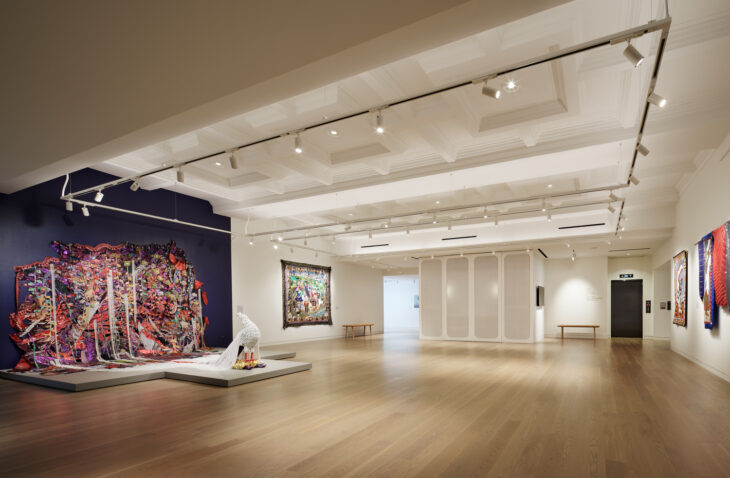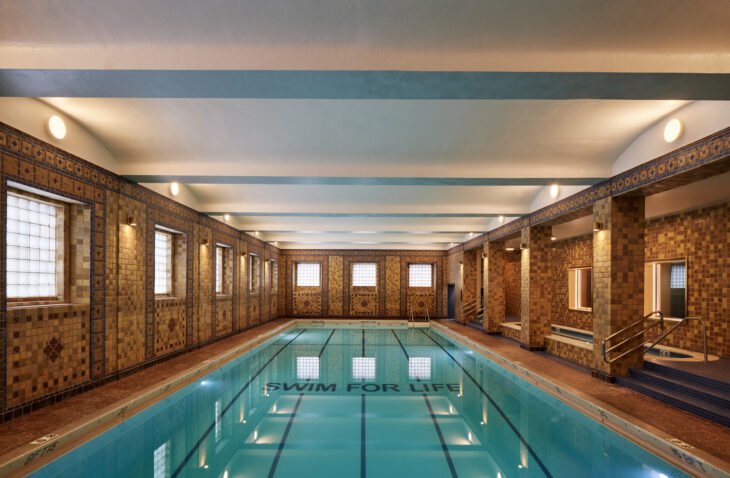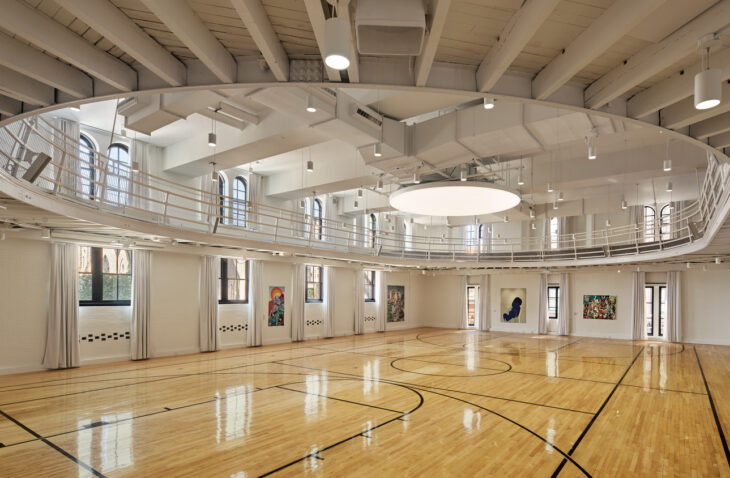Boutique Museum Hotel
The project: 21c Museum Hotel is the full adaptive re-use of a former YMCA in downtown St. Louis into a full-service boutique hotel, art museum, and restaurant. The 10-story YMCA building was constructed in 1926 in the Renaissance Revival style with some Gothic elements and is listed on the National Register of Historic Places.
The goal: Respect the historic nature of the property while creating a modern, comfortable, upscale hotel and museum.
Project approach: The developer, Nuovo RE, and many stakeholders participated in the detailed design process. IMEG worked with the owner, operator, project manager, contracting group, art installation designers, interior designers, lighting designer, spa designer, and the architect to coordinate the complex spaces through managed meetings and the documentation process. Early involvement by all involved parties was a major key to success. The renovation adhered to requirements from the state historic preservation office for the historic preservation aspects of the building.
Challenge: Actual conditions varied from the existing design documentation. Solution: The design team had to rework MEP systems to make the new program work with the as-built structure.
Challenge: The YMCA was built on top of a block of demolished row homes, and some of those walls and foundations were still intact. Solution: All below-grade MEP and utility work had to be designed to go through or around these obstructions.
Challenge: The floor-to-floor clear height did not match the existing design documentation available to the engineers. Solution: The difference of two inches meant the systems had to be redesigned.
Challenge: The building’s pan joist construction did not line up as documentation indicated. Instead, they were inconsistent, as if they’d been randomly laid out by the installers 100 years ago. Solution: The ducts and pipes had to snake their way through the walls, rather than run straight up and down.
Challenge: The new high-performing AV systems needed to fit within the historic building. Solution: Creative placement of equipment and routing of systems due to non-stacking floor program spaces allowed the architecture and interior design to be highlighted while modernizing the building’s mechanical, electrical, plumbing, fire protection, and technology systems.
The outcome: In addition to 173 guest rooms and suites, the property features exhibition, meeting, and event spaces showcasing rotating curated exhibitions, interactive site-specific art installations, and a roster of cultural programming based on collaborations with local and national arts organizations. The museum is open free-of-charge to the public year-round and the property features a unique, independently branded chef-driven food and beverage concept and rooftop venue.

